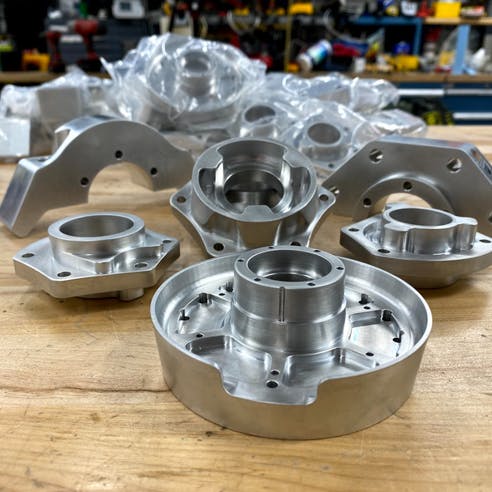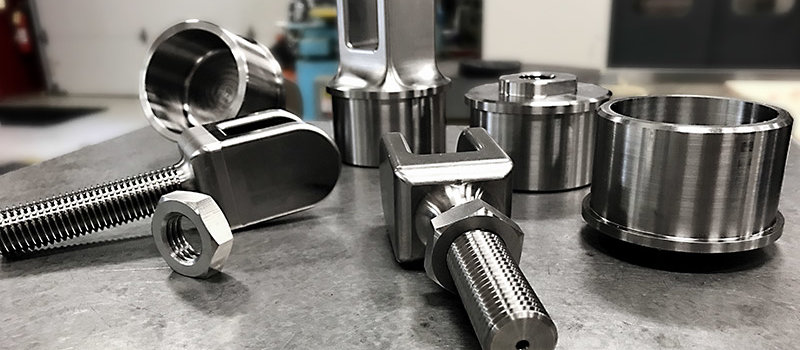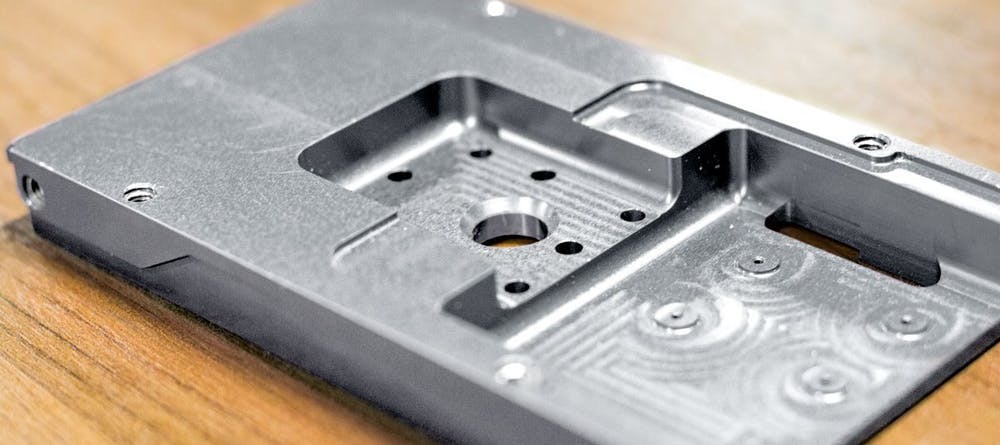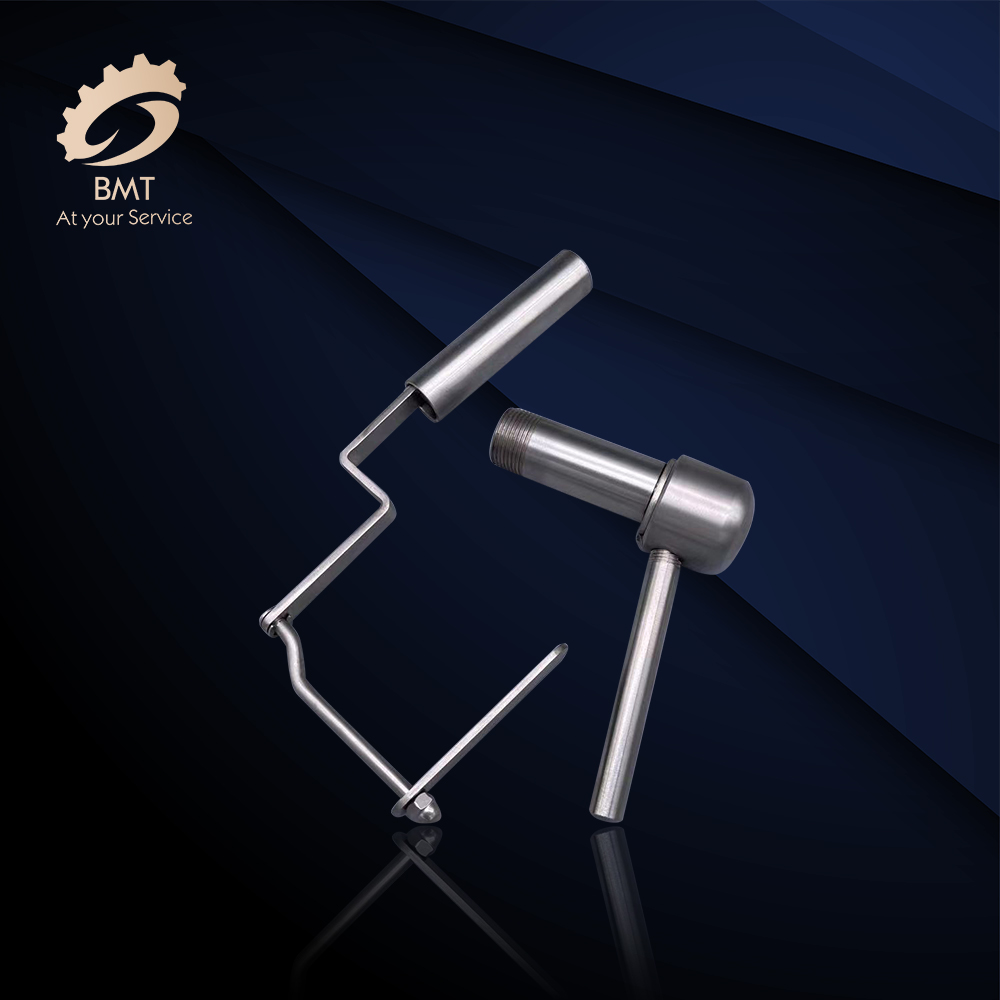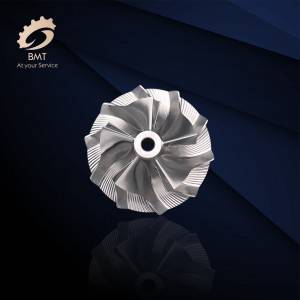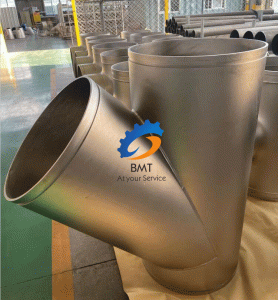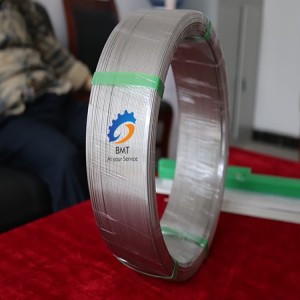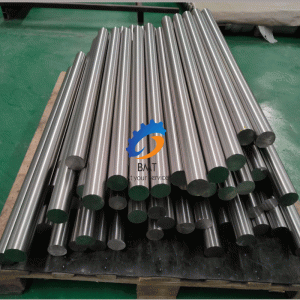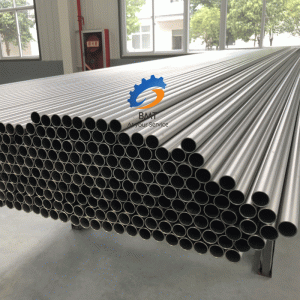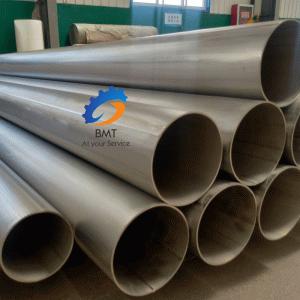Different Kinds of Grinding Wheels
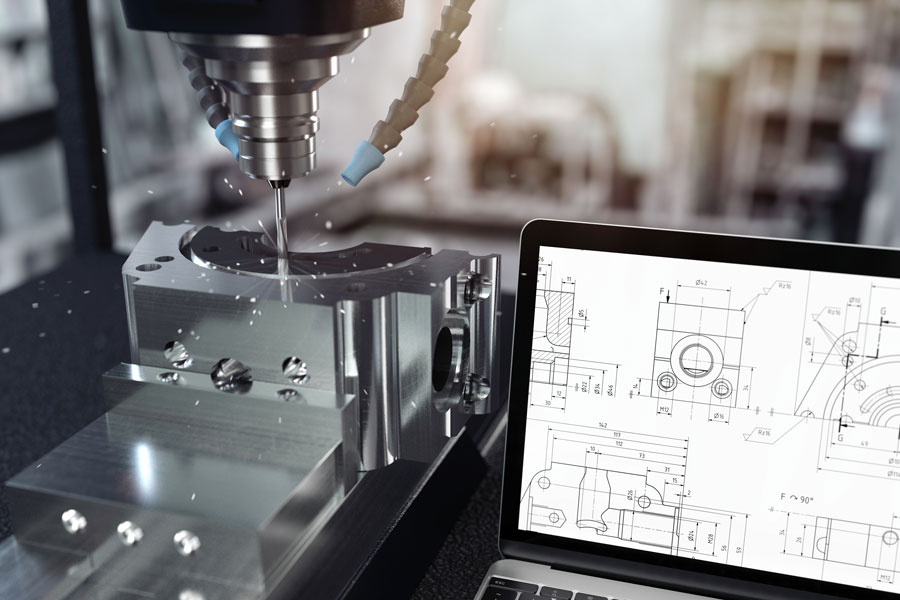
1. According to the abrasive used, it can be divided into ordinary abrasive (corundum, silicon carbide, etc.) grinding wheels, natural abrasive super abrasive (diamond, cubic boron nitride, etc.) grinding wheels;
2. According to the shape, it can be divided into flat grinding wheel, bevel grinding wheel, cylindrical grinding wheel, cup grinding wheel, disc grinding wheel, etc;
3. It can be divided into ceramic grinding wheel, resin grinding wheel, rubber grinding wheel, metal grinding wheel, etc. according to the bond. The characteristic parameters of grinding wheel mainly include abrasive, viscosity, hardness, bond, shape, size, etc.
Since the grinding wheel usually works at high speed, a rotation test (to ensure that the grinding wheel will not break at the highest working speed) and a static balance test (to prevent vibration of the machine tool during operation) should be carried out before use. After the grinding wheel works for a period of time, it shall be trimmed to restore the grinding performance and correct geometry.
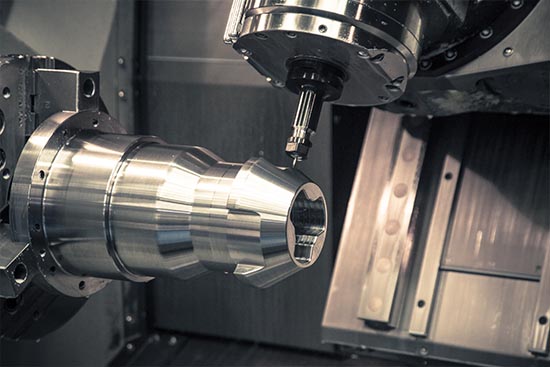
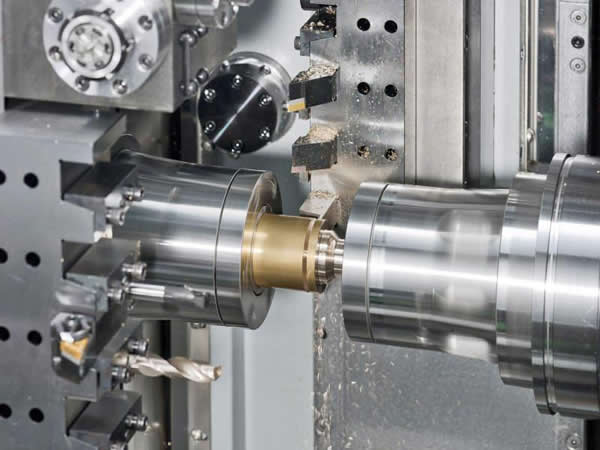
Use safety of grinding wheel
Collapse Installation Process
During installation, the safety and quality of the grinding wheel shall be checked first. The method is to tap the side of the grinding wheel with a nylon hammer (or a pen). If the sound is clear, it is OK.
(1) Positioning problem
Where the grinder is installed is the first question we should consider in the installation process. Only when a reasonable and appropriate location is selected, can we carry out other work. It is forbidden to install the grinding wheel machine directly facing the nearby equipment and operators or where people often pass by. Generally, a large workshop should be equipped with a dedicated grinding wheel room. If it is really impossible to set up a dedicated grinding machine room due to the limitation of the plant terrain, a protective baffle with a height of not less than 1.8m shall be installed on the front of the grinding machine, and the baffle shall be firm and effective.

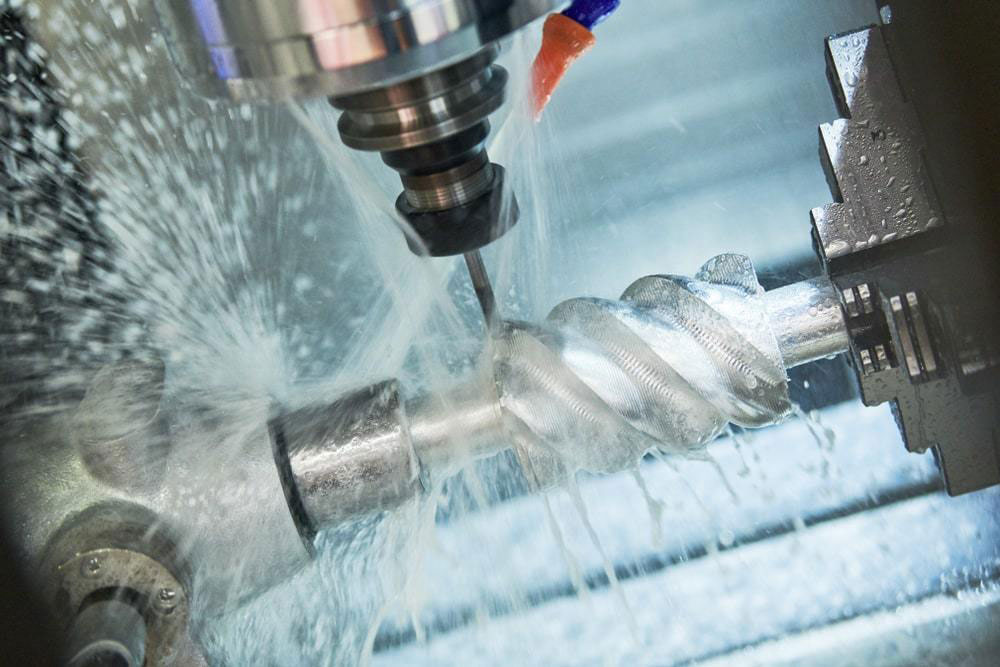
(2) Balance problem
The imbalance of the grinding wheel is mainly caused by the inaccurate manufacturing and installation of the grinding wheel, which makes the center of gravity of the grinding wheel not coincide with the rotary axis. The harm caused by imbalance is mainly shown in two aspects. On the one hand, when the grinding wheel rotates at high speed, it causes vibration, which is easy to cause polygonal vibration marks on the workpiece surface; On the other hand, the imbalance accelerates the vibration of the spindle and the wear of the bearing, which may cause the fracture of the grinding wheel, or even cause accidents. Therefore, it is required that the static balance shall be carried out first after the chuck is installed on the sand office building with a straightness greater than or equal to 200mm. The static balance shall be repeated when the grinding wheel is reshaped or found unbalanced during work.
